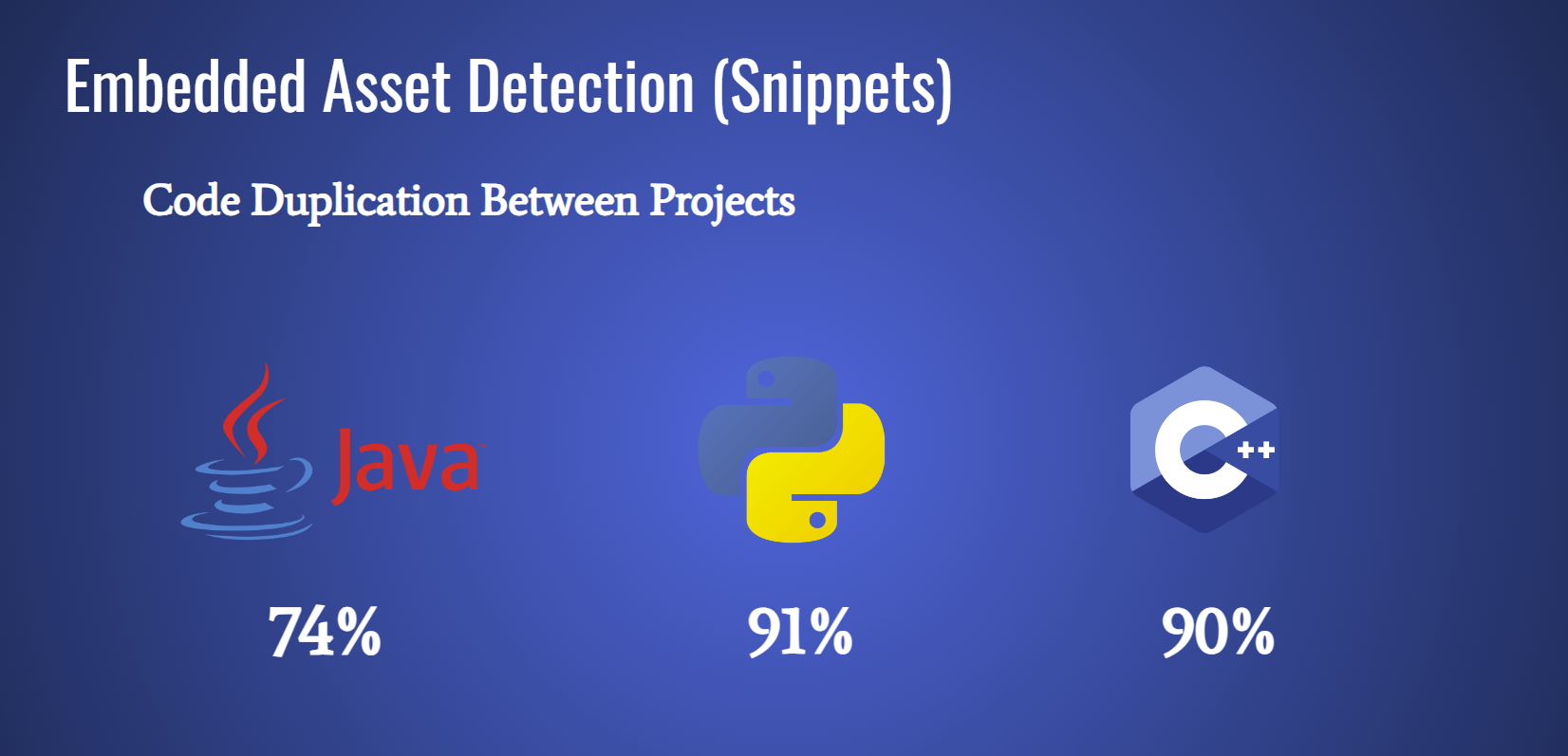Open-source software is becoming increasingly popular in modern software development, and for good reason. Open-source components can save development time and reduce costs, making it a necessary option for developers within companies of all sizes. However, using open source also presents new compliance challenges with the licenses attached to the open source.
Licensing requirements for open source components can be complex and vary widely, creating significant compliance risks for organizations. For example, the General Public License (GPL) is a widely used open-source license that requires derivative works to be distributed under the same license terms. This means that if a company uses open-source software licensed under the GPL, it may be required to release the source code for any derivative works it creates and distributes under the same license.
If a company is unaware that the open-source software it is using is licensed under the GPL, it may unknowingly violate the license terms, which can lead to legal and financial consequences. The GPL provides for both injunctive relief and monetary damages for infringement. If a company is found to violate the GPL, it may be required to release the source code for its derivative works, pay damages to the copyright holder, and stop using the software altogether.
Furthermore, if a company distributes software that includes open-source components licensed under the GPL, it may be required to make the source code for the entire product, including any proprietary code it has developed, available to users.
In addition to the legal and financial implications, non-compliance with GPL licenses can damage a company’s reputation. Companies that are found to violate open-source licenses may face negative publicity and damage to their brand.
One way to mitigate these risks is using a software composition analysis tool that provides accurate snippet-level license detection at build time.
What are Open Source Code Snippets?
Open source code snippets are small sections of source code that are publicly available and can be used by developers to solve specific problems or add specific functionality to their software programs. These code snippets are typically created and shared by individual developers or communities of developers who contribute to open-source software projects. In modern software development, developers often use code snippets from various sources such as StackOverflow, Github, and other online forums.

This shows the amount of open source that developers copy and paste. A recent study of over 4 million GitHub projects determined the percentages of open source copies between projects. Developers reuse code, and much of their reuse is done by copy and pasting.
What is Snippet Level License Detection?
Snippet-level license detection involves analyzing individual open source code snippets and determining the license requirements. An SCA tool that provides this functionality can help organizations use open-source components that comply with the licensing conditions and save time and resources by avoiding manually reviewing and analyzing each code snippet.
With snippet-level license detection, the SCA tool detects licenses more granularly. This, coupled with detection at build-time, can help organizations identify potential licensing violations early on and avoid costly legal issues arising from non-compliance. Any tool that does not provide this level of protection may expose companies to unnecessary legal implications. Why risk it?
How to Choose a Tool with Snippet Level License Detection
When choosing an SCA tool with snippet-level license detection, it’s essential to consider a few key factors. First, the tool should be able to provide proof of the provenance when analyzing code snippets and determine their licensing requirements accurately. This requires a deep understanding of open-source licenses and the ability to detect licenses at a granular level.
Second, the tool should be easily integrated into existing software development workflows. The SCA tool should be able to work seamlessly with other tools in the development pipeline, providing developers with build-time feedback on all licensing requirements.
Finally, the SCA tool should be able to provide a comprehensive software bill of materials (SBOM) report on licensing requirements. This can help organizations stay on top of compliance issues and identify potential licensing violations early on.


